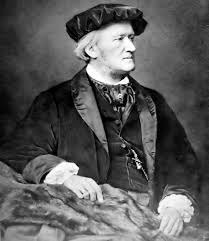
The Art-Work of the Future and Other Works
1993
First Published
4.00
Average Rating
422
Number of Pages
Poor, frustrated, and angered by the “fashion-mongers and mode-purveyors” of art, Richard Wagner published The Art-Work of the Future in 1849. It marked a turning point in his life: an appraisal of the revolutionary passions of mid-century Europe, his farewell to symphonic music, and his vision of the music to come. Beethoven’s Ninth Symphony was unsurpassable, he wrote. Henceforth "The Folk must of necessity be the Artist of the Future," and only artists who were in harmony with the Folk could know what harmony was for. The essay became a touchstone for Wagner, his family, friends, and followers, as he sought to produce works that thoroughly combined music, dance, drama, and national saga. In addition to Wagner’s epoch-defining essay, this volume includes his "Autobiographical Sketch," "Art and Climate"; his libretto for an opera, "Wieland the Smith"; and his notorious "Art and Revolution." The concluding piece, "A Communication to My Friends (1851), explains his views on his first successes—The Flying Dutchman, Lohengrin, and Tannhäuser—and defines his agenda for later works. As spokesman for the future, Wagner spoke most of himself. In these works he set forth his ambitions, identified his enemies, and began a campaign for public attention that made him a legend in his own time and in ours.
Avg Rating
4.00
Number of Ratings
37
5 STARS
41%
4 STARS
24%
3 STARS
30%
2 STARS
5%
1 STARS
0%
goodreads
Author

Richard Wagner
Author · 22 books
Wilhelm Richard Wagner was a German composer, conductor, theatre director and essayist, primarily known for his operas (or "music dramas", as they were later called). Unlike most other great opera composers, Wagner wrote both the scenario and libretto for his works.